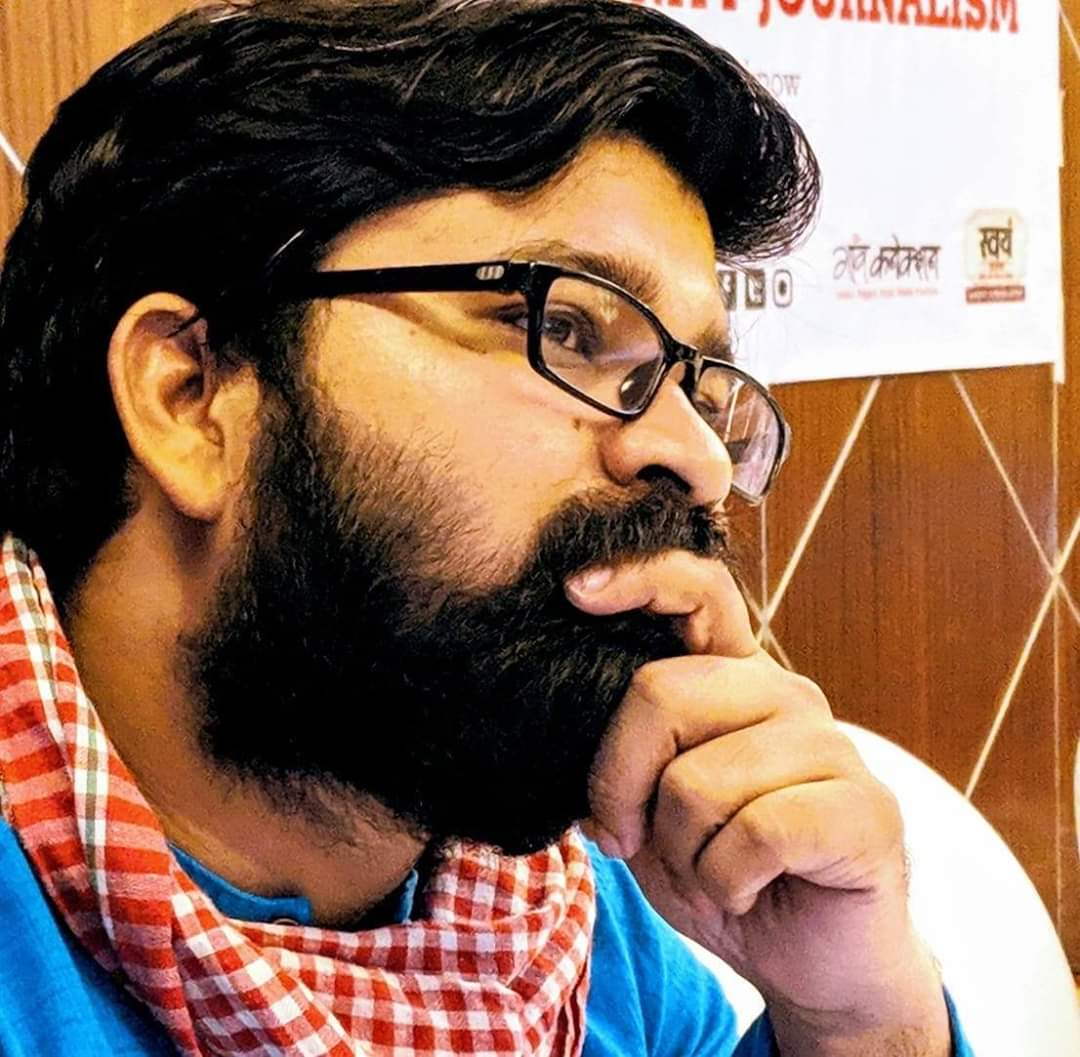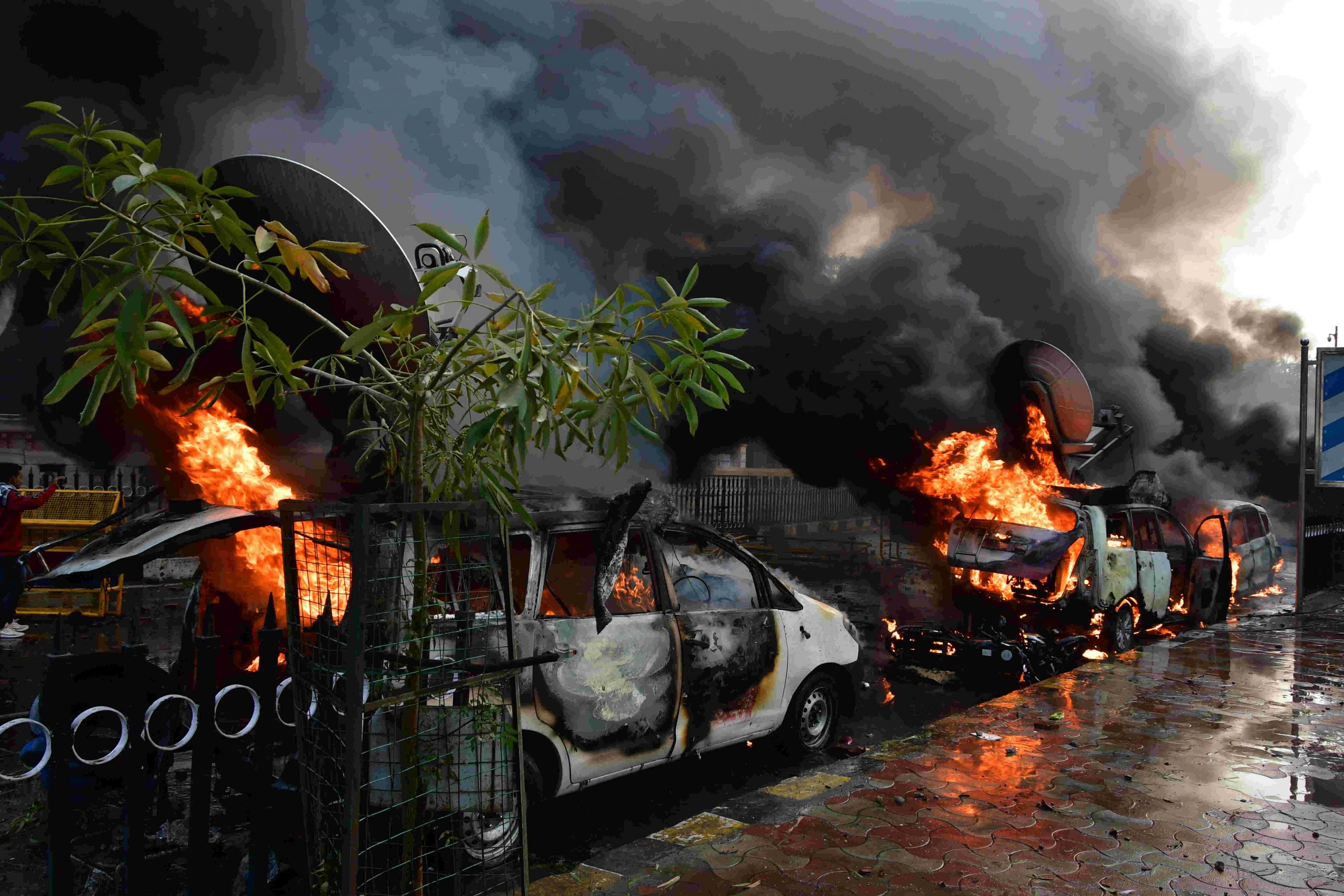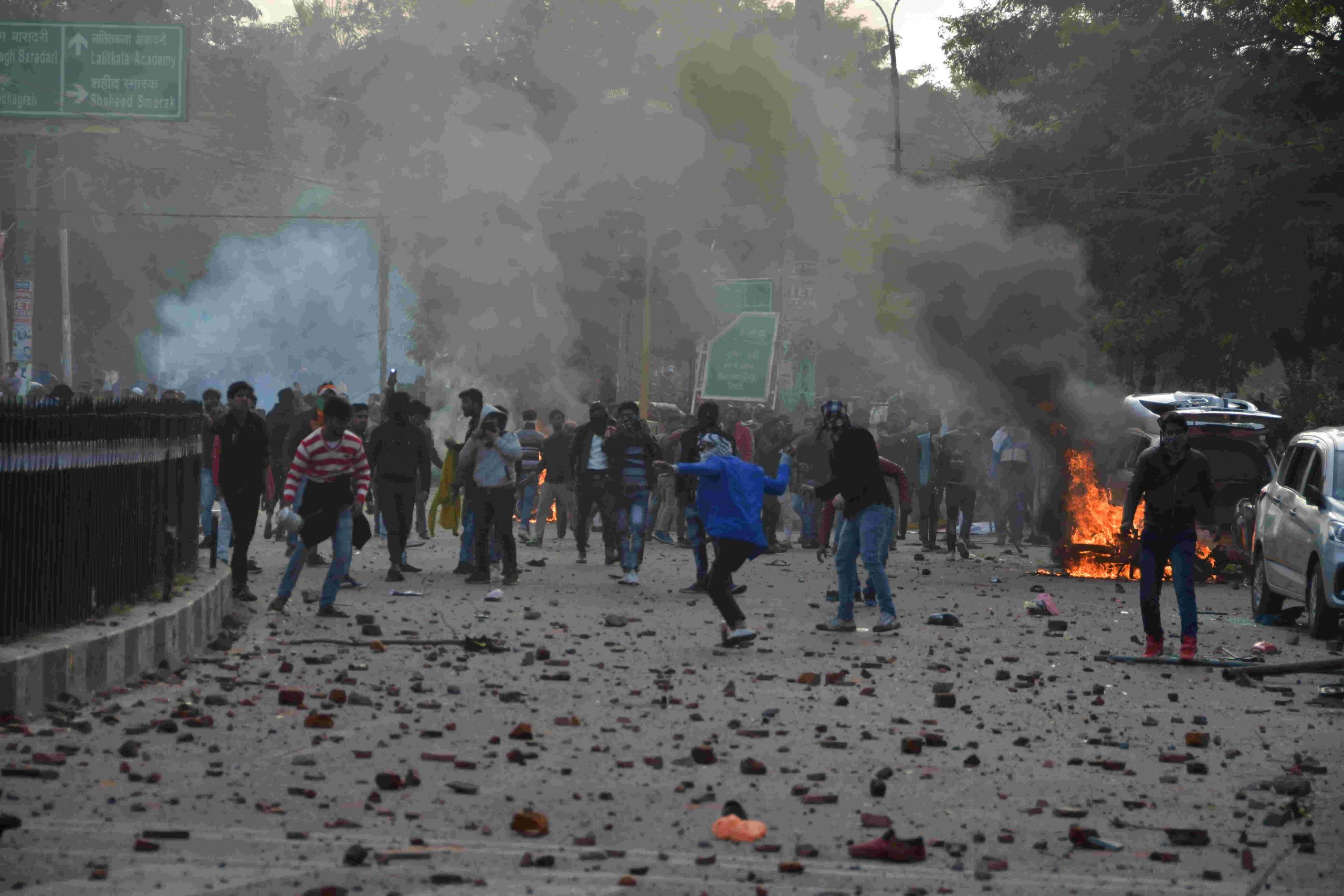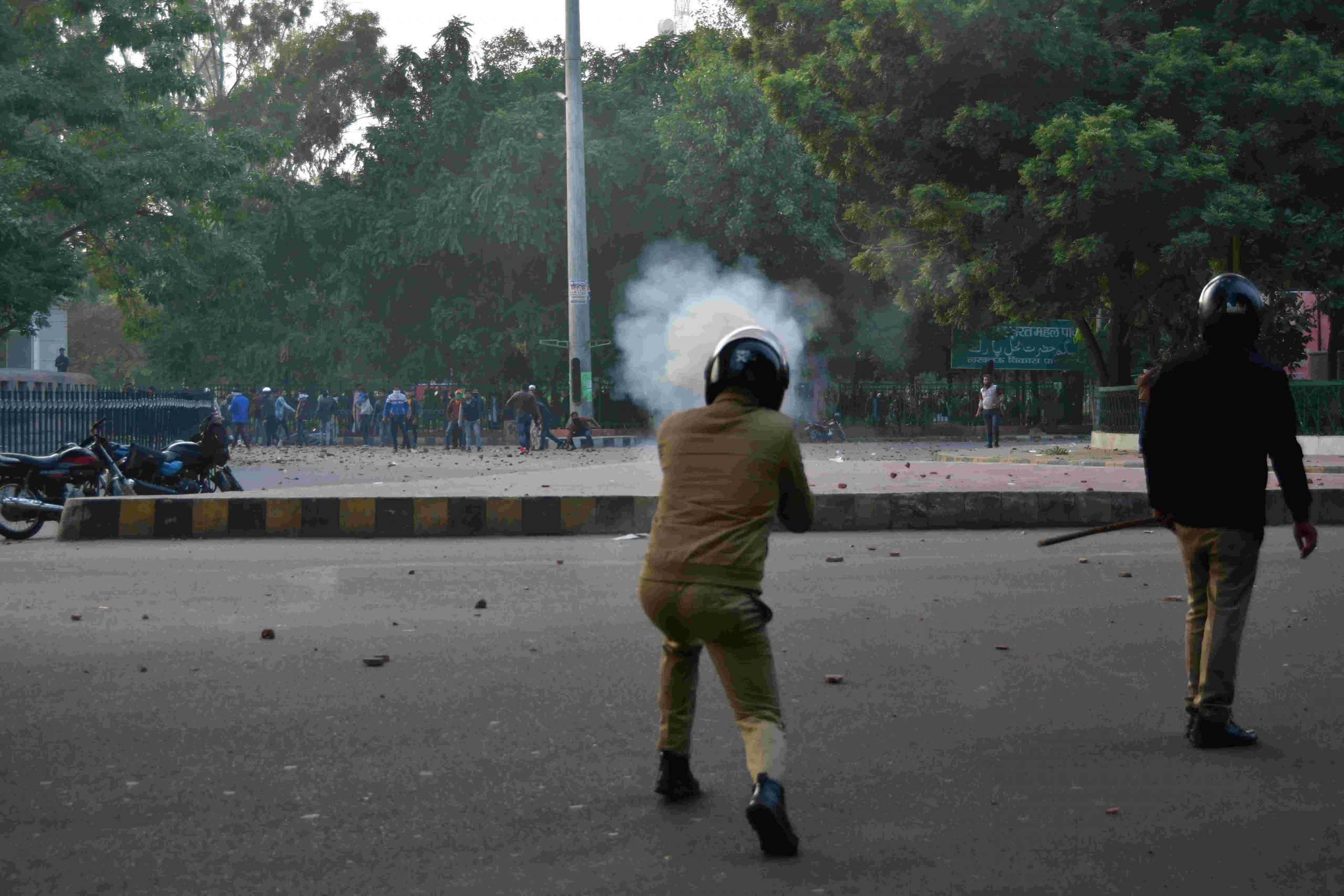Understanding mob psychology: Why couldn’t the police stop mobs from turning violent
Rural Connection spoke to former DGPs and a psychologist. They believe that one can't reason with a mob because it’s irrational. The need is to identify people having a violent streak


There have been violent protests against the Citizenship Amendment Act (CAA) throughout the country. In many places like Lucknow and Delhi, mobs went largely uncontrolled despite heavy security forces in attendance. Several places even saw police pelted upon with stones and media vans torched.
Several visuals shared upon social media show how the police were unable to release tear gas on time. It can also be seen in many viral videos that the police were unable to open fire. The questions arise: why couldn’t the mob be controlled and how did the mob turn violent? Seeking an answer to these questions, we talked to former DGPs (director general of police) of Uttar Pradesh — AK Jain and Mahesh Dwivedi, and Lucknow-based psychologist Shazia Siddiqui.
AK Jain
Our first step towards controlling the crowd is getting to know the cause of the demonstration and to understand whether it is a common protest of democracy or has a probability to go violent. Different situations call for different measures. Before each protest, the police always assess its chances of getting violent. To control it certain policemen are stationed in civil uniform and a few are equipped with lathis. There is also an armed squad present for an emergency. Planning is done to keep the protest within permissible limits. The situation worsens when the protestors try to exceed that.
The police carry many weapons that are well past expiry. Due to moisture retention, it becomes difficult to use tear gas on time. We suffer a huge lack of resources. This is also why the police are unable to contain a mob and is criticized by all. The police have 303 rifles. Now you would say that it didn’t fire on time. Weapons created during the British era are still being used, so it is unlikely that they would work well today.
Neither the policemen are trained optimally nor is their number optimal. The police force has a huge shortage of personnel. The police stations have far less staff than is required so when they are summoned for training, they don’t get relieved on time. Each year, scores of policemen go out of service and timely recruitment for the vacant posts is not done because the government recruits in its own way. The government needs to make smaller recruitments in order to impart better training. Newer rules are being formed, each passing day, so the most important thing of all is training. Uttar Pradesh doesn’t have police training camps above 15,000 capacity. It needs to be improved. Police resources need to be developed as well. The ITBP (Indo-Tibetan Border Police) and the CRPF (Central Reserve Police Force) deal at the borders while the regular police force work in towns and cities. They need adequate resources to function. Dial 100 vehicles are on the move. An improvement would be seen when resources and facilities would be provided to the police force.
Police recruitment drives are not frequent and when undertaken, 40,000 personnel are recruited at the same time. This is the reason they can’t be properly trained. When the new recruits are called to the police training centers, they are fully trained to deal with mobsters through demos. They are trained to assess by looking at the crowd whether the protest will be peaceful or violent. However, our training is in a quandary. We do not even have proper grounds so how would a poorly-trained policeman control a mob.

Mahesh Dwevedi
If we talk in terms of mob psychology, people in a mob believe they can get away with anything and this belief becomes their strength. Each member of a crowd is secure in his anonymity. A mob understands little by way of consequence and gets violent at the drop of a hat.
Keeping in mind the size of the crowd and prior information, the police force works towards controlling the mob. A crowd can be better handled from a distance and with adequate time in hand. The police also pay attention to the direction and situation of the mob movement. However, it happens sometimes that a mob can’t be stopped despite the possibility of violence. If we talk about the violence that had occurred in Lucknow and other places in the state, the crowd had gathered from all sides and directions. Such a crowd is always immensely challenging to control.
We do not have an adequate police force to control such a crowd. When Section 144 is imposed, five people can’t gather at a place, but when 5,000 protestors gather, it will be impossible for 50 or 500 policemen to control them. One cannot arrest such a massive number of people as our jails do not have enough space. So, to stop such a crowd, the police is left with the option to either open fire or resort to lathicharge, but even then the police is taken to task over such matters. News begins circulating in media about police resorting to lathicharge instead of peaceful methods of resolving the matter.
Whether tear gas or cartridges, they are hardly used on a regular basis. Weapons remain idle for long without regular inspection. So, it is quite possible that they fail us at the time of need. There should be a policy for weapon replacement. When they go out-of-date sitting idle, how would police make their use in controlling the mob?

Shazia Siddiqui
When a crowd gathers, individual psychology doesn’t work with much larger mob psychology at play. They come up with a singular agenda that one has to address and fulfill whether it suits one or not. Whatever the leader orders, everyone follows. This is why it is always advisable to steer away from the mob as a crowd is an unthinking entity, it can do anything.
We have always believed that there is strength in numbers. So, when a mob gathers, it is under the assumption that no one would be arrested no matter what one does. The mob doesn’t think at an individual level, everyone goes with what the crowd assumes. One cannot reason with a mob because it is irrational. As per the psychology, a mob is unstoppable; its aggression is its power. Since childhood, we are told that violence is power.
It is also crucial to know the agency of protest. If a common man protests, it wouldn’t be violent. People gathered in thousands cannot be violent. The need is to identify the people with a violent streak and counsel them. Not every member of a crowd is violent.

